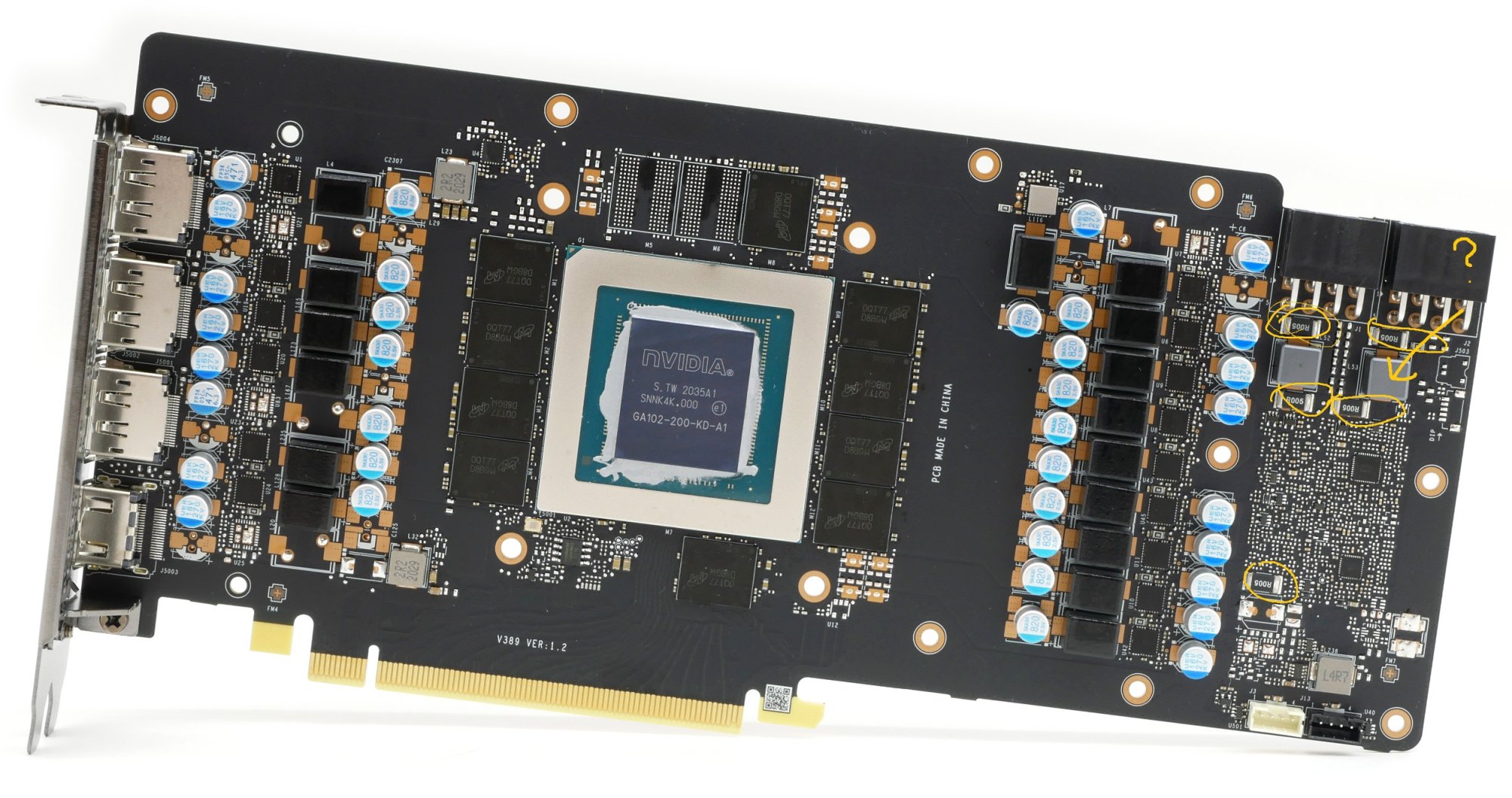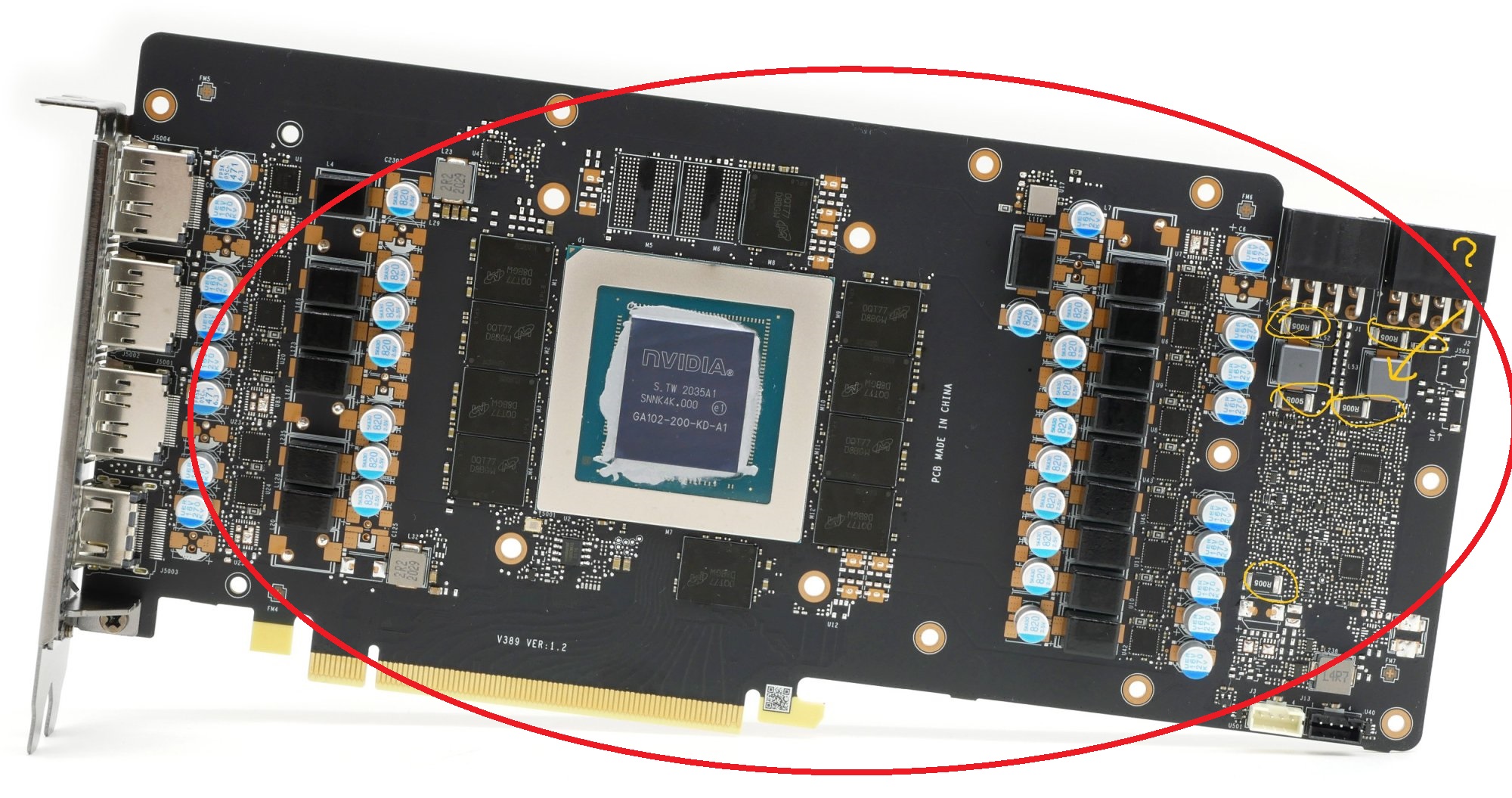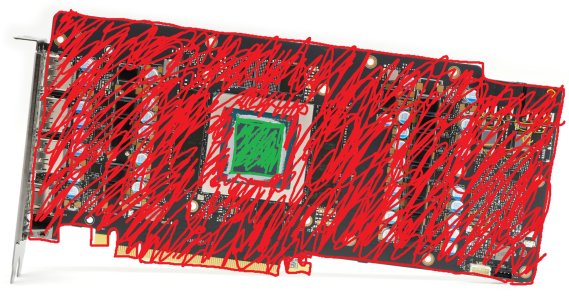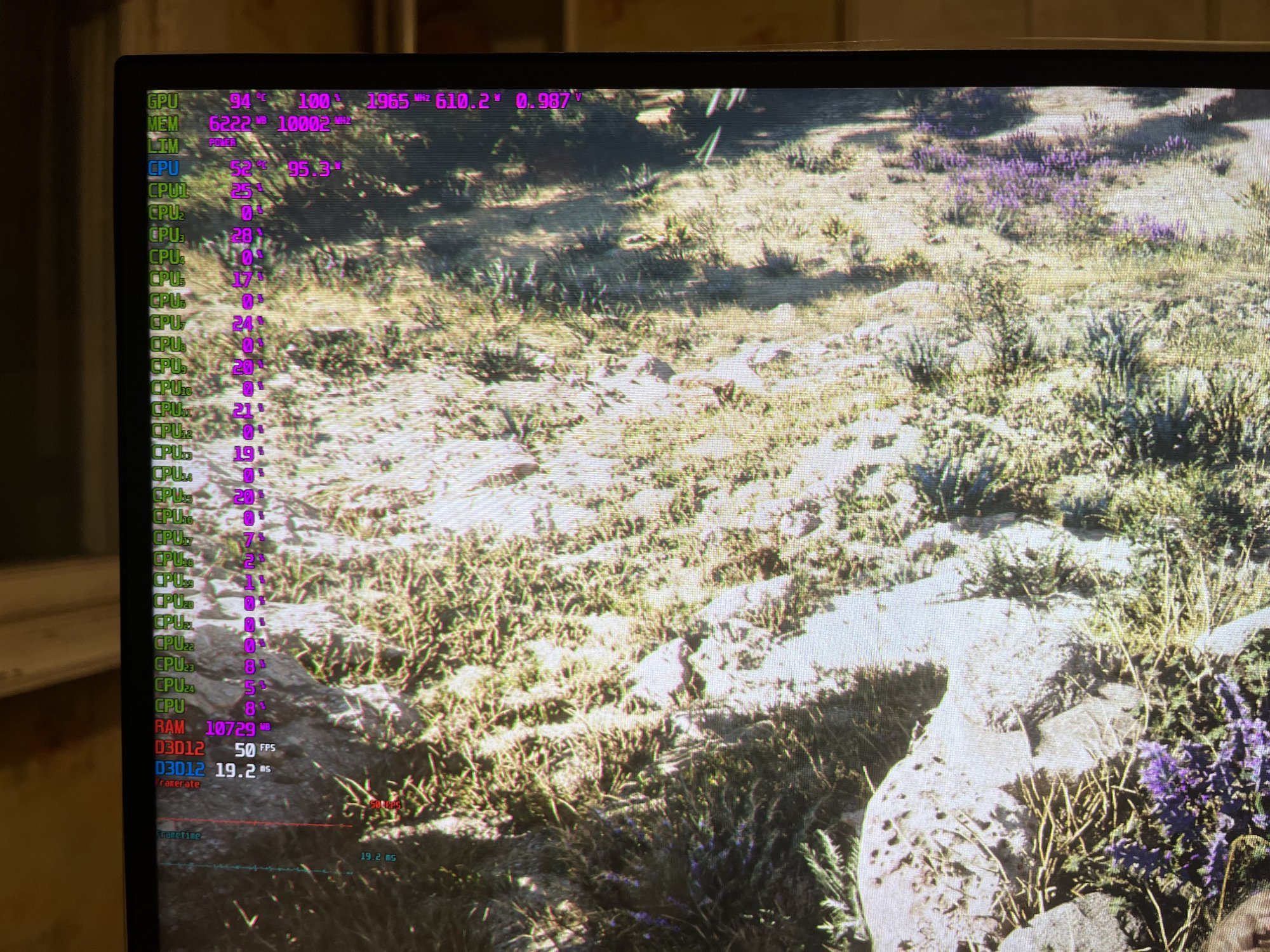Samuraijack23
Weaksauce
- Joined
- Oct 23, 2022
- Messages
- 119
So I decided to do it.
Those are 3090s but 308" ti are the same.
I will use liquid metal. Casious measures out. So I just apply LM on em/resistors/ and job done. How long it takes for LM to dry out?
Lots of people are buying resistors to avoid damage but still...3090
Those are 3090s but 308" ti are the same.
I will use liquid metal. Casious measures out. So I just apply LM on em/resistors/ and job done. How long it takes for LM to dry out?
Lots of people are buying resistors to avoid damage but still...3090
![[H]ard|Forum](/styles/hardforum/xenforo/logo_dark.png)







